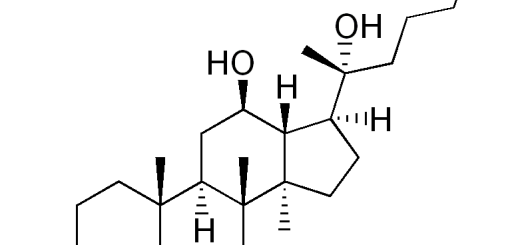| Share This Article
Research Frontiers of Medicinal Plants |
||
| DOWNLOAD |
|
Downloads Pharmacological Review of Ginsenoside Dammarane Saponin Rh2 Downloads Pharmacological Review of Ginsenoside Dammarane Saponin Rg1 Downloads Pharmacological Review of Ginsenoside Dammarane Saponin Rb1 Downloads Pharmacological Review of Aglycon Dammarane Sapogenin (AGS) – Protopanaxatriol (PPT) Downloads Pharmacological Review of Aglycon Dammarane Sapogenin (AGS) – Protopanaxadiol (PPD) |
The protective effect of ginsenoside Rg1 against traumatic optic neuropathy
There are two broad mechanisms for traumatic optic neuropathy (TON). One is obvious—direct injury to the optic nerve by projectiles from accidents or firearms. But the more common cause is blunt trauma to the head, such as that associated with rapid deceleration events—traffic or recreation collisions—or even less dramatic blows from tripping or hitting the head against a solid object. Blunt traumas, with their resulting contusions of the optic nerve or canal, and sometimes concussion of the brain, are most common in young men in their 20s or 30s. Treatment of posterior traumatic optic neuropathy (TON) has long been a subject of debate. The standard of care was once high-dose corticosteroids or decompression surgery, but studies in recent years have failed to find benefits from these treatments—and have documented some serious complications. Thus, the treatment of TON is now handled on an individual basis, in careful consultation with the patient and family members. A research published on Chinese Journal of ocular trauma and occupational eye disease suggests that ginsenoside Rg1 could exert protective effect on the optic nerve against traumatic optic neuropathy. The model of optic nerve contusion was created in rats, and ginsenoside Rg1 was thereafter used intraperitoneally at doses of 1 and 10mg/kg as treatment. After 20 days treatment, rat optic nerve was examined histologically by HE staining, SABC immunohistochemistry of Bcl-2 (one of apoptosis-related protein). Pronouncedly, Rg1 treatment mitigated the optic nerve injury as the rate of apoptosis after optic nerve contusion markedly reduced and regeneration of neurofilament increased with high experssion of neurofilament protein. The results of the research provide supporting evidence that ginsenoside Rg1 can be a promising drug for treatment of traumatic optic neuropathy. |








